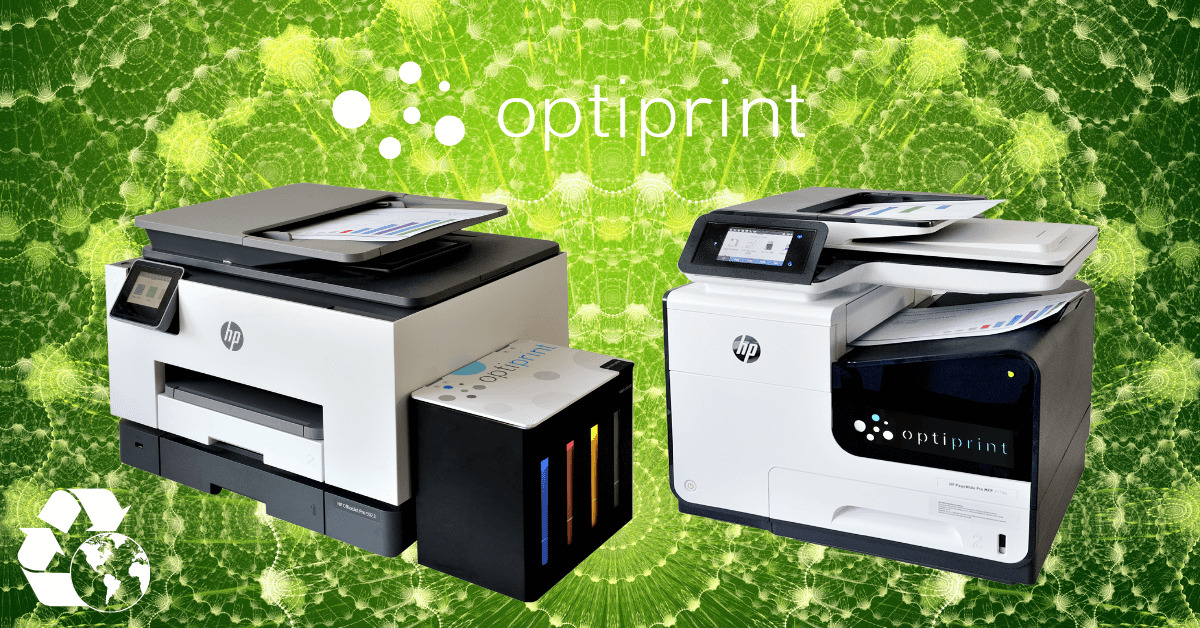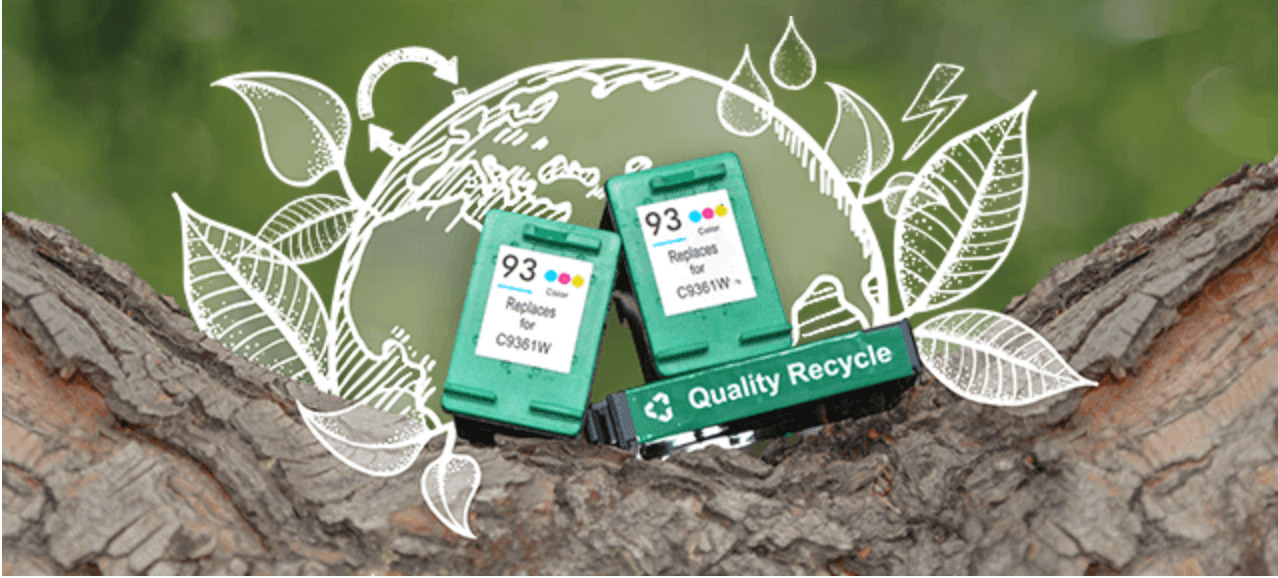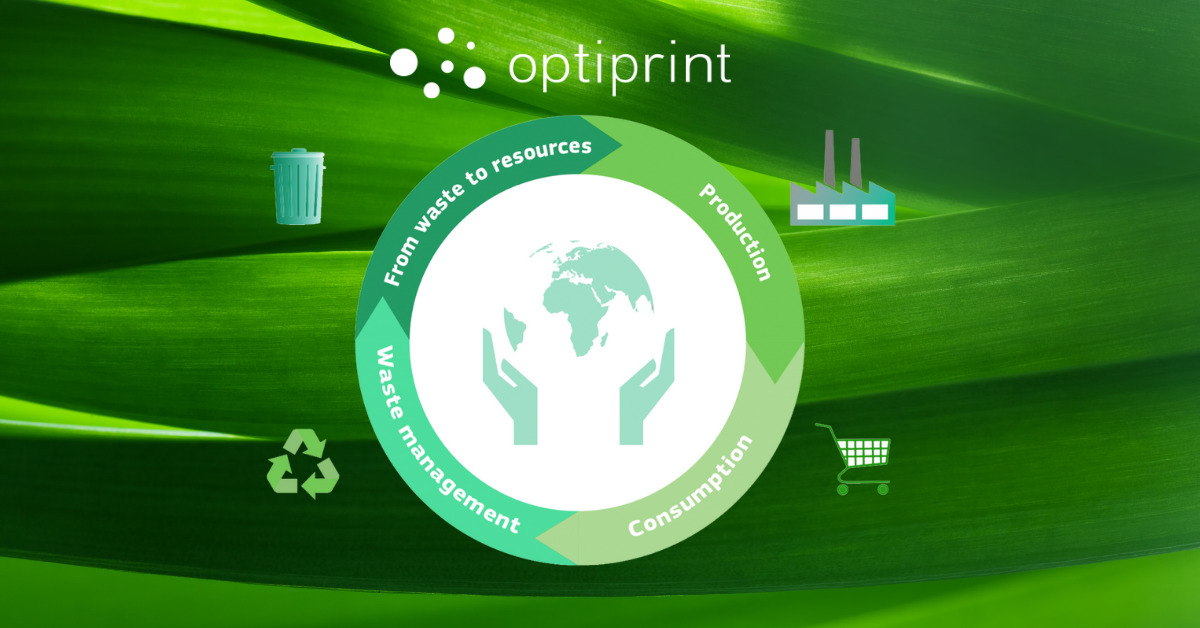The printing industry itself is not environmentally friendly. In terms of production processes, it exploits natural resources while leaving carbon and emission trails in the environment. A market-driven environment encourages customers to use disposable products and forces them to mass produce them, while at the same time creating huge amounts of hazardous waste that has lonely sat in landfills for hundreds of years, polluting our environment.

The printer needs a cartridge. But the cartridge is small!
Most printers are designed to use cartridges with a small amount of ink (up to 10 ml of ink) and therefore need to be replaced frequently. This also puts a burden on the consumer, who has to buy and replace cartridges over and over again.
Cartridge production and its environmental problems
About 1.3 billion cartridges are produced on the world market. Nearly 4 liters of fuel (motor oil) are needed to produce one laser cartridge, while about 75 ml of fuel is needed to produce one ink cartridge. Cartridges create an environmental footprint. It is estimated that one cartridge generates up to 4.8 kg of carbon dioxide (CO2) during its lifetime! (Clover Technology)
The global market produces more than one billion cartridges annually that become disposable waste after a single use (less than 30 percent of all cartridges are recycled). These accumulate in landfills and dangerously pollute the environment with toxic organic compounds. (The Energy Collective)

Up to 97% of cartridges can be recycled!
Did you know that up to 97% of cartridge parts are recyclable? Potentially, only 3% of cartridges could be turned into waste through sorting and recycling. (PlanetWatch)
The reality is weak. Globally, 70-80% of cartridges are used only once in their lifetime. However, less than 30% of all cartridges are recycled. When the cartridge has used up its ink, users simply throw it away, contributing to the accumulation of hazardous waste in landfills. Did you know that if you stacked all the discarded cartridges next to each other in a continuous chain, you would circle the earth twice! (International Energy Agency)
The cartridge becomes toxic waste waiting to be incinerated
There are many reasons why discarded cartridges are harmful to the environment. One of the most important is certainly that the plastic used for cartridges is made of polymers that decompose in 450 to 1000 years. Cartridges also contain toxins and heavy metals that contaminate soil and water with volatile organic compounds. (The Energy Collective)
Proper sorting, recycling and sustainable technology are the solutions
To reduce greenhouse gasses and other harmful impacts on the environment, it is critical that cartridges and toners are properly sorted in landfills. At Optiprint, we are committed to the concept of circular economy, which focuses on reusing, repairing and recycling existing materials. With two key approaches, cartridge recycling and the development of the Optiprint continuous ink supply cartridge system, we have become a leader in Slovenia in the field of ecological color printing.
1. Recycling and reuse of cartridges
To reduce greenhouse gasses and other harmful effects on the environment, it is important to recycle cartridges and toners. Approximately 50% of all toner and 70% of all ink cartridges are still not properly sorted and disposed of. (The Energy Collective)
Much of the waste can be significantly reduced by reusing and recycling cartridges, which is what Optiprint does. Empty cartridges received from our customers are returned for reuse after careful inspection and refilling.
2. Eco-friendly printing technology and Optiprint’s endless color cartridge
Continuous ink supply is an environmentally friendly solution for the printing industry and has an advantage in achieving sustainable development goals. The so-called inkjet technology does not require heat for operation and helps limit the environmental impact of printing. Its printing reduces volatile organic compound (VOC) emissions by up to 90%. (Infomaze) It is an energy-saving solution that requires low amounts of consumables. High ink efficiency means less consumable waste and avoids toner dust and ozone emissions.
Optiprint’s endless color cartridge is based on inkjet technology
Optiprint’s endless color cartridge is based on a continuous supply of ink and completely solves the problem of replacing cartridges. Instead of ink cartridges, the printer uses an Optiprint cartridge, which enables up to 50 times the increase in the device’s print volume as the printer would manage with standard cartridges! In terms of print volume, this means that up to 20,000 to 40,000 color copies can be printed without having to refill. (Optiprint, d.o.o., Development Department)
With endless cartridge and reuse, we saved more than 4,584,269 cartridges
The biggest advantage of Optiprint’s environmentally friendly printing is that we do not throw away a single set of working cartridges during the entire life of the printer! In the twelve years that Optiprint has been in business, we have saved more than 4,584,269 cartridges. We have recycled approximately 984,000 cartridges and saved more than 4.2 million pounds of hazardous waste. (Optiprint, d.o.o., Development Department)

Optiprint’s endless cartridge alone saves the environment up to 14 tons of waste per year!
With no need to replace cartridges, the Optiprint Endless Cartridge innovation protects the environment and saves more than 14 tonnes of hazardous waste per year.
Optiprint’s endless cartridge has two dimensions that fit different printers. The dimension of a small system for basic multifunctional devices of an endless color cartridge and the dimension of a large system for an advance multifunctional device of an endless cartridge.
- The small Optiprint endless cartridge system is equivalent to 117 cartridges. In its lifetime, it saves as many as 420 cartridges and 13.6 kilograms of hazardous waste.
- The large Optiprint endless cartridge system is equivalent to 34 large cartridges. In its lifetime, it saves as many as 120 cartridges and 11.7 kilograms of hazardous waste.
- With Optiprint’s continuous cartridge systems, Optiprint saves 355,000 cartridges per year, which is 14,100 kg or more than 14 tonnes of hazardous waste per year.
(Optiprint, d.o.o., Development Department)
Would you like to be part of sustainable development with us? Try us.
With Optiprint ecological printing we are part of sustainable development. Our goal is to produce and dispose of as little waste as possible in our company, thus contributing to the preservation of the environment. In the future, our development will focus on finding green solutions and reusing materials. Be a part of our story!
Recycling facts were gathered from a variety of sources, including the International Energy Agency’s Sustainability Report and Clover Technology Research, Earth911.org, Planet Watch, Infomaze and The Energy Collective. Internal sources were collected by the Optiprint, d.o.o. development department.
